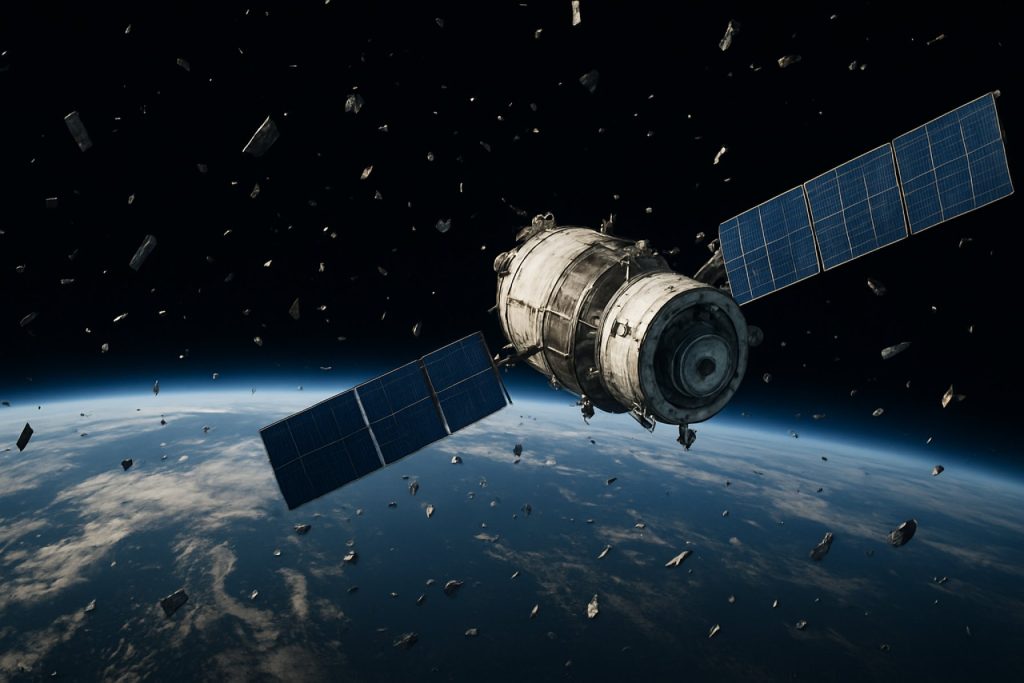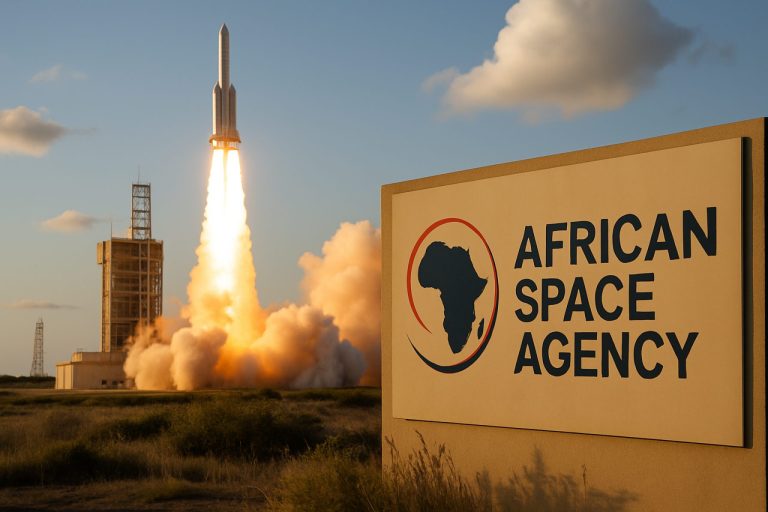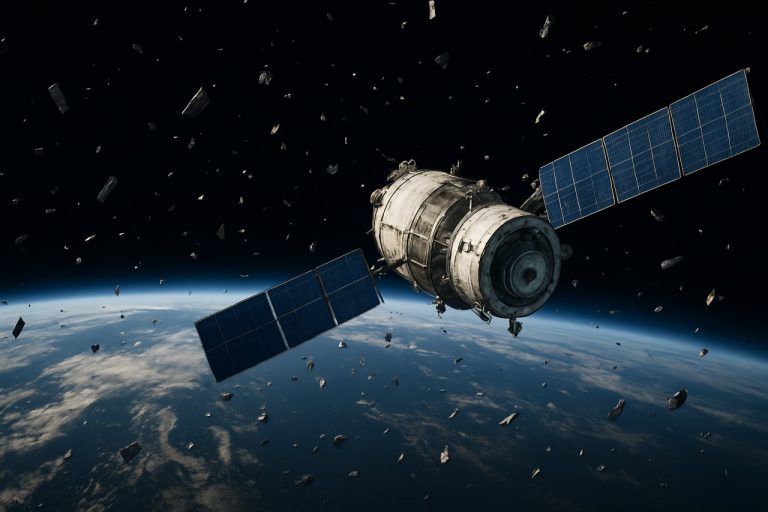
China’s New Space Race: Ambition Soars, But Space Debris Threatens a Catastrophe Above Earth
As China launches massive satellite constellations, experts warn of skyrocketing space debris and mounting risks in Earth’s crowded orbit.
- 1,000+ Chinese rocket launches planned for new satellite constellations
- 621 miles — altitude of China’s Guowang and Qianfan satellites
- 6,700+ active SpaceX Starlink satellites adding to orbital congestion
- 100+ years — potential lifespan of abandoned rocket debris in orbit
The world is witnessing an unprecedented boom above the clouds as China launches massive satellite networks. But this impressive ascent in space could spark long-term chaos for the entire planet.
In the past year, China’s rocket launches have garnered headlines — not just for their technical feats, but for the debris they leave behind. The latest projects, including the colossal Guowang and Qianfan satellite constellations, are poised to transform communications and navigation. Yet, the unintended byproduct? An ever-growing cloud of space junk threatening the future of orbital exploration.
Q: What Makes China’s Satellite Launches So Risky?
Unlike some spacefaring nations, China continues to use rockets that discard their upper stages hundreds of miles above Earth. These giant boosters often remain in orbit for decades or even a century, joining a growing mass of derelict machinery swirling overhead.
After a series of controversial launches for the Tiangong space station in 2022, uncontrolled rocket reentries forced Spain to close airspace and raised international alarms. Instead of burning up, many Chinese rocket remnants float at altitudes between 447 and 484 miles — well above global guidelines for prompt atmospheric reentry.
With SpaceX and China’s China National Space Administration both expanding mega-constellations, the threat is multiplying. While SpaceX makes efforts to deorbit its Falcon 9 boosters, China’s older Long March rockets aren’t following suit, letting debris linger for generations.
How Much Worse Could the Space Junk Problem Get?
Analysts predict that more than 1,000 launches are required to complete China’s planned constellations. Each launch means more rocket bodies left in orbit, compounding the risk of catastrophic collisions.
The Kessler Syndrome — a nightmare scenario where colliding debris triggers a chain reaction — is getting ever closer to reality. Experts warn that if left unmanaged, even a small increase in satellite population could make parts of orbit completely unusable for decades, or longer.
Is China Alone in Crowding Earth’s Orbit?
Not at all. SpaceX has already deployed over 6,700 Starlink satellites, sparking criticism for their reflective panels that blind astronomers and clog visual data. With other countries and commercial firms joining the race, low Earth orbit is becoming the most contested and congested region above the atmosphere.
Still, China stands out for its transparency issues. International observers highlight the lack of public data about reentry trajectories or plans for debris mitigation. While newer rockets like Yuanzheng-2 are designed for safer self-deorbiting, China continues to rely on older models that worsen congestion.
Independent analysts stress the urgency of global standards. Without coordinated policies on debris mitigation and clearer sharing of launch data, future generations may inherit a dangerously cluttered sky.
How Can the World Fix the Space Junk Crisis?
A global solution is the only answer. Despite technological leaps, policymakers lag behind in crafting binding, enforceable agreements for orbital cleanup and safe satellite operations.
The future hinges on countries like China — and private giants like SpaceX — embracing global cooperation. Enhanced space traffic management, universal debris disposal rules, and real-time sharing of orbital data are more critical than ever.
International efforts through organizations like the United Nations Office for Outer Space Affairs and the NASA Orbital Debris Program are gaining momentum, but much more is needed to safeguard the space environment for the next era of discovery and communication.
Your Orbital Checklist: How to Stay Informed & Demand Safer Skies
Space is everyone’s concern — here’s how you can make a difference today:
- Follow updates from global space agencies like ESA, NASA, and CNSA.
- Advocate for stronger international agreements on space debris cleanup.
- Support scientific research and organizations focused on orbital safety.
- Stay curious and educate others about the real risks facing Earth’s final frontier.
The sky isn’t the limit—unless we make it one. Demand action, and let’s ensure safe, sustainable space for the future!



